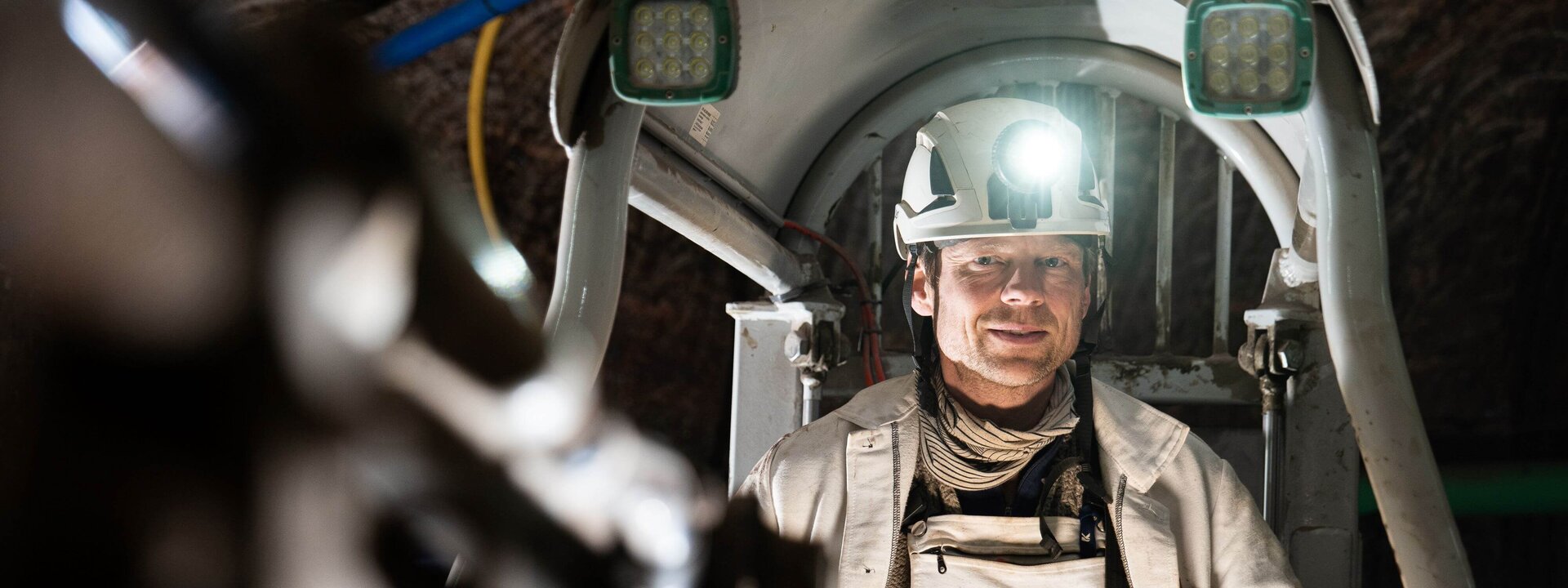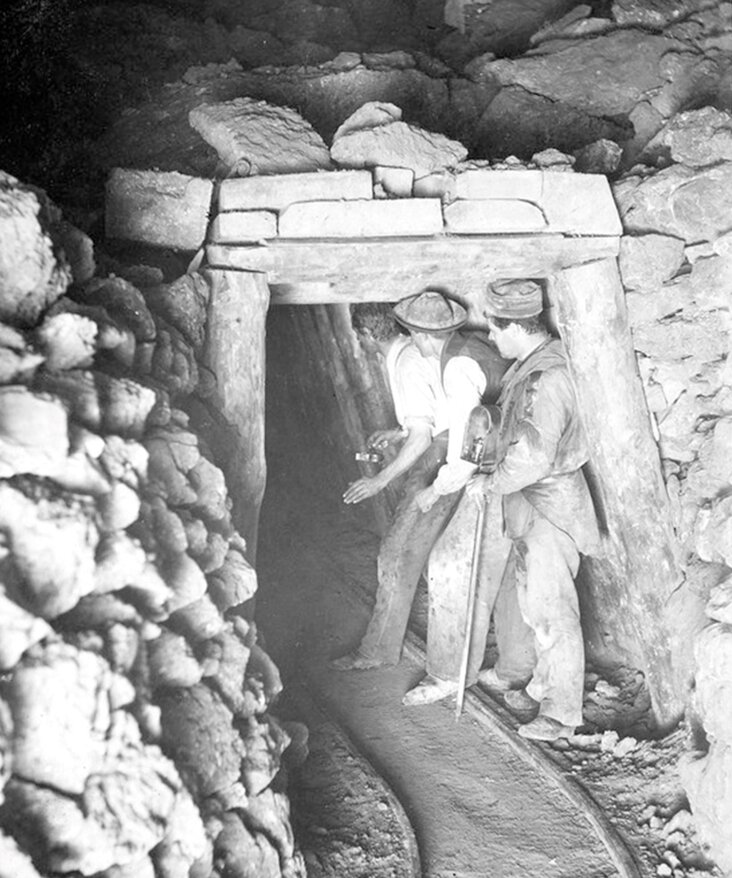Facts & Figures about all things Berchtesgaden salt mine
Technical background, facts and figures on salt mining.

Mining and performance of the Berchtesgaden salt mine
|
Process |
wet mining |
|
Expansion of a wet drilling plant |
< 160 m long / < 120 m wide / < 125 m high |
|
Number of currently active wet drilling plants |
30 |
|
Daily mining progress in the wet drilling plant |
approx. 1 cm upwards |
|
Usable mining height in the wet drilling plant |
100 m |
|
Operating time of a wet drilling plant |
About 30 years |
|
Brine profit per wet drilling plant during the entire operating time |
about 1.300.000 m³ |
|
Brine profit of the salt mine per year |
about 900.000 m³ |
|
Fresh water demand for the salt mine |
about 2.000 m³ per day |
|
Power generation through 4 water turbines |
2,400,000 kWh
Assuming an average consumption of 4,500 kWh by a two-person single-family home, the salt mine could supply around 440 single-family homes with electricity for a year.
|
The Berchtesgaden
salt deposits
open
|
from south-west to north-east |
4.5 km |
|
from north-west to south-east |
1.5 km |
in the process of being degraded
|
from south-west to north-east |
2.5 km |
|
from north-west to south-east |
1.5 km |
|
Proven bearing depth |
500 m below the valley floor |
|
presumed storage depth |
1,000 m below the valley floor |
|
Mountain salinity |
approx. 50 % |
A small
glossary of salt mining terms
What does "wet mining" actually mean and when do we speak of brine?
Take a look at our little glossary.
guests arrive per year to the Berchtesgaden salt mine.
is the length of the mine railway that takes you into the mountain during your visit.
is the total length of slide fun awaits you on our two slides in the salt mine.





